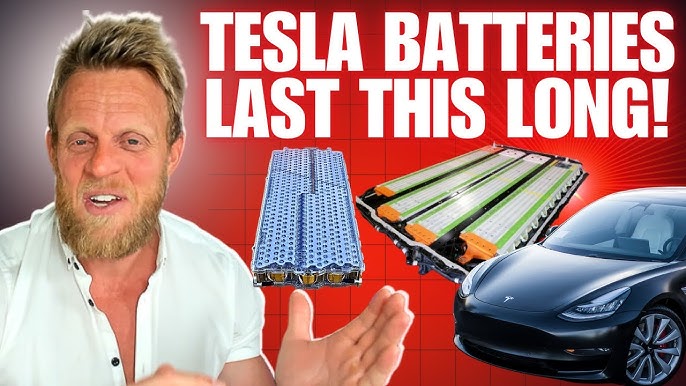Headline: “How Many Miles Can Your Tesla Go Before It Waves Goodbye? The Truth About EV Longevity”
When you invest in a Tesla, you’re not just buying a car—you’re buying into a vision of sustainable innovation. But beyond the instant torque, Autopilot features, and over-the-air updates, one question nags every potential EV owner: How long will this thing actually last? Unlike gas-powered cars with century-old reliability data, Teslas are still writing their longevity story. Let’s break down what we know—and why your Tesla might outlive your expectations.
The Battery: The Heart (and Wallet) of the Matter
Tesla’s lithium-ion battery pack is the vehicle’s most critical—and expensive—component. The good news? Tesla warranties its batteries for 8 years or 100,000–150,000 miles (depending on the model), guaranteeing they’ll retain at least 70% capacity during that period. But real-world data suggests they often fare better. Early Model S sedans, now a decade old, still report 80–85% battery health, and Tesla claims its latest batteries could survive 300,000–500,000 miles before significant degradation.How Long Should A Tesla Car Last
Battery longevity hinges on habits: frequent Supercharging, extreme temperatures, and draining the battery to 0% can accelerate wear. Stick to daily charging between 20–80%, and your battery could age slower than a vampire in a sunscreen commercial.
The Car Itself: Built for the Long Haul
Teslas lack the complex machinery of gas engines—no oil, pistons, or exhaust systems to fail. Their electric motors have fewer moving parts, reducing wear. Tesla’s 2021 impact report revealed Model 3 and Y drivetrains are designed to last 1 million miles with proper care. Even the bodywork is durable: aluminum frames resist rust, and Tesla’s stainless-steel Cybertruck (when it arrives) promises “dents don’t exist” toughness.
High-mileage Teslas aren’t unicorns. Rideshare drivers and taxi fleets report hitting 200,000+ miles with minimal repairs. One Model S even crossed 750,000 miles in Germany, needing just two battery replacements and four motors—proof that even hiccups don’t spell doom.
Maintenance: Less Work, More Play
Forget oil changes and timing belts. Tesla’s maintenance schedule is refreshingly light: rotate tires, replace cabin air filters, and top up fluids every few years. Regenerative braking also cuts brake pad wear—some drivers go 100,000+ miles without replacements. Software updates even optimize battery cooling and motor performance over time. That said, staying ahead of minor issues (like faulty door handles or aging 12V batteries) ensures small problems don’t snowball.

The Tech Factor: Will My Tesla Feel Obsolete?
Gas cars don’t improve after purchase, but Teslas evolve. Over-the-air updates have added features like dog mode, improved range, and faster acceleration years after rollout. While hardware (like cameras or chips) can’t always be upgraded, Tesla’s modular design lets owners retrofit newer components. The goal? Keep your car feeling fresh—even if it’s technically a senior citizen.
FAQ: “How Long Should a Tesla Last?”
Q: Will I need to replace the battery?
A: Likely not within 10–15 years. Even after 200,000+ miles, most batteries retain ~80% capacity—enough for daily driving.
Q: How does lifespan compare to gas cars?
A: With fewer mechanical parts, Teslas often outlast gas vehicles, which average 150,000–200,000 miles.
Q: What’s the #1 way to maximize my Tesla’s life?
A: Avoid extreme charging habits and follow Tesla’s maintenance guidelines.
Q: Will outdated tech make my Tesla unusable?
A: Unlikely. Critical safety updates will continue, and third-party retrofits can bridge hardware gaps.
Q: What happens when the battery finally dies?
A: Recycling programs recover ~92% of battery materials. Replacement costs are falling (now ~$5,000–$20,000, depending on the pack), but refurbished options are emerging.
The Verdict
A Tesla isn’t a disposable gadget—it’s engineered to be a long-term companion. While battery degradation is inevitable, today’s models are built to survive decades of use. Combine that with ever-improving software and a simpler drivetrain, and your Tesla might just become the car your teenager learns to drive in. So charge up, enjoy the silence, and let the odometer climb. The future, it seems, is built to last.
Got a high-mileage Tesla story? Share it below—and let’s redefine what “old” means for cars.
